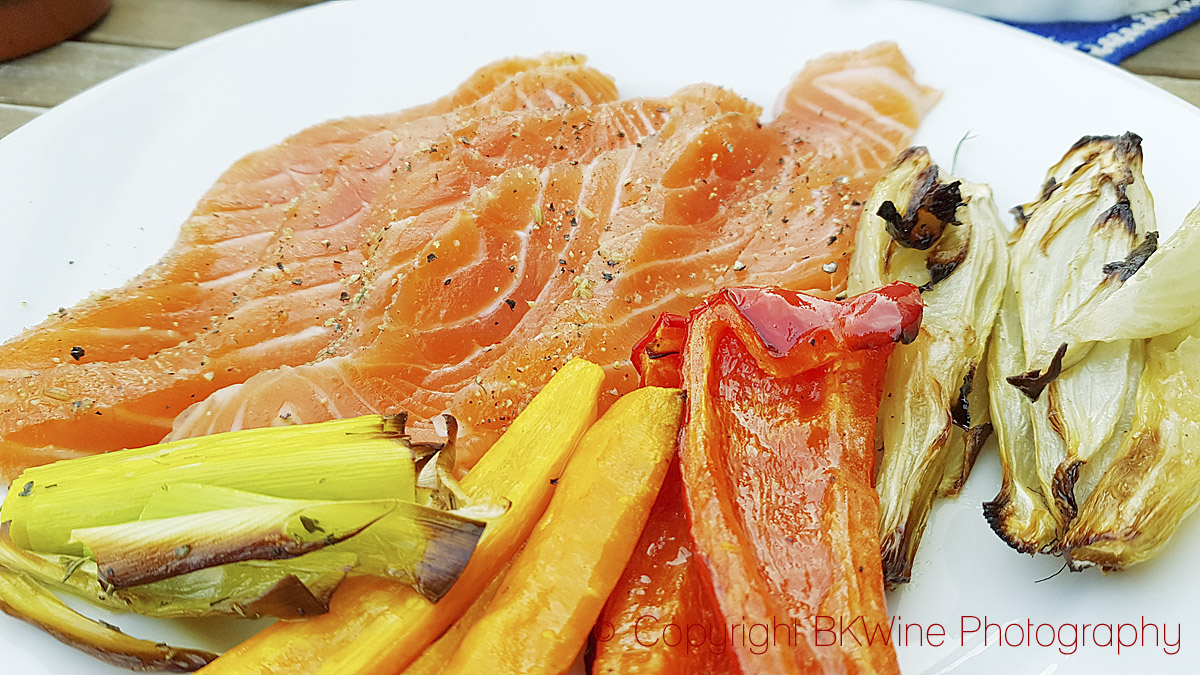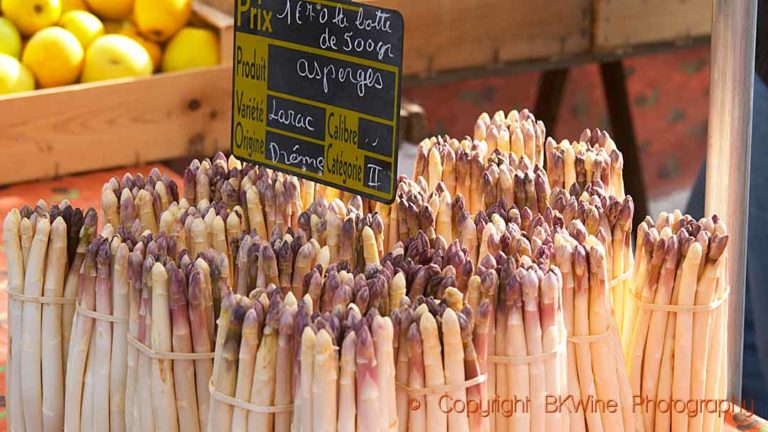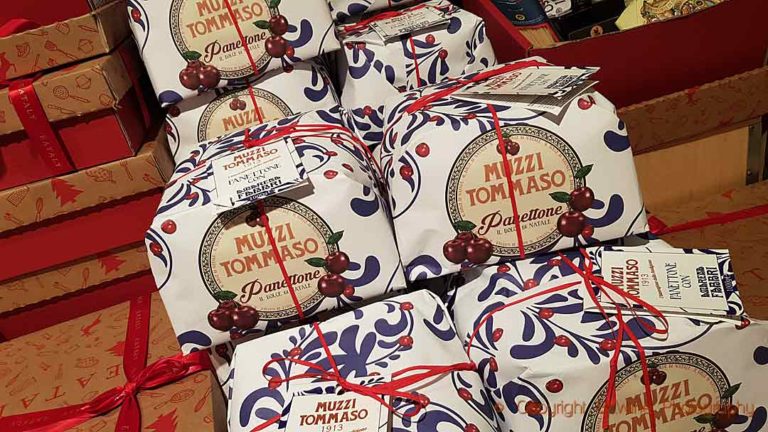This is one of the very luxurious Scandinavian delicacies…
Did you say luxurious?
1) It’s really easy to do,
2) salmon is not strikingly expensive…
And it’s very good!
Some call it gravlax salmon, which is a bit silly, since lax means salmon. It’s simply a marinated salmon (“grava” is a traditional way of marinating, or dry-curing in Scandinavia). And it really should be “gravad lax” (at least in Swedish).

Here’s a somewhat simplified way of doing it:
1. Buy a side of salmon: a fillet without bone, but WITH THE SKIN still on it. You may need to verify yourself there are none of those hidden bones left. Use a pair of pliers from the tool box or use the real thing, the “laxpincett”
2. Cut the side in two (across) so that you have two pieces of equal length. Or even better, if you want to make bigger quantities: buy two sides / fillets, i.e. a whole fish. Making a large quantity is a good idea since you can keep it in the freezer for quite some time.
3. Put one of the pieces, skin side down, in a baking dish of some kind. The dish should be just slightly bigger than the piece of fish.
4. Cover the salmon with a mixture of salt, sugar and white pepper (not black). Mix the salt sugar and pepper in a bowl first. Use lots of salt and sugar, and a generous amount of pepper. Traditionally the proportions are one part salt to two parts sugar, some make it 50/50 today (don’t worry, it won’t be too sweet, nor too salty). The pepper should be coarsely ground. The salmon should be completely covered in a medium-thin white layer of salt & sugar. Yes.
5. Put lots of fresh dill on top of the salt & sugar. Lots of dill. And some more. (If you can’t find dill you can use aniseed. It’ll be different but still OK.)
6. Take the other piece of salmon and put salt and sugar and pepper on it too. Then put that piece on top of the one in the baking dish, skin side up, so that the two pieces are one on top of the other, flesh sides against each other.
7. Cover the dish with plastic foil.
8. Put a weight on top of it all. (The best thing is to put a slightly smaller dish on top and then put some weights in that second dish.)
9. Put it all in the fridge. Keep it in the fridge for one (short), two (normal) or three (very long) days.
10. At least once a day you take it out and turn the package with the two pieces of salmon over. Don’t separate the pieces. It is normal that during part of the process there will be a lot of liquid in the dish. Just leave it there. Sometimes it is reabsorbed, sometimes not. If you still have liquid in the dish when finished marinating, you just pour it out.
Voila. Done.
Wipe the salmon clean (not too clean) from the remaining dill.
Put the pieces in the freezer for a few days (this is what is recommended by the health authorities since it will kill off any unwanted parasites… Ugh. I’m not sure it’s necessary. Some say it isn’t for farmed salmon. And if it was already frozen when you bought it the question is irrelevant).
It’s now ready to serve. Just slice it and serve it.
Traditionally it is sliced almost parallel to the skin in wafer-thin slices, but that’s not important.
Very nice. Serve it by itself as a starter, or with scrambled eggs, or with a French potato salad (you know, with lots of olive oil), or in any number of different ways.










One Response
A Norwegian friend (@scandilicious) has been urging me to make this for a while and now I've got your method there's no excuse. Sounds delicious and quite straightforward. I'll have to give it a try